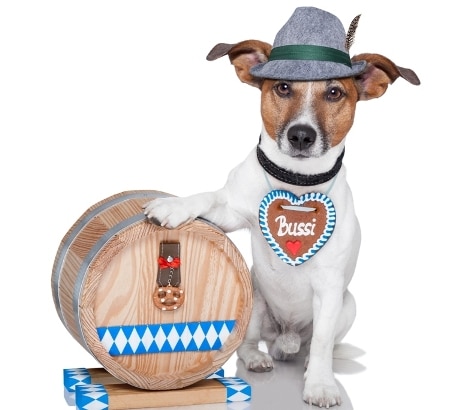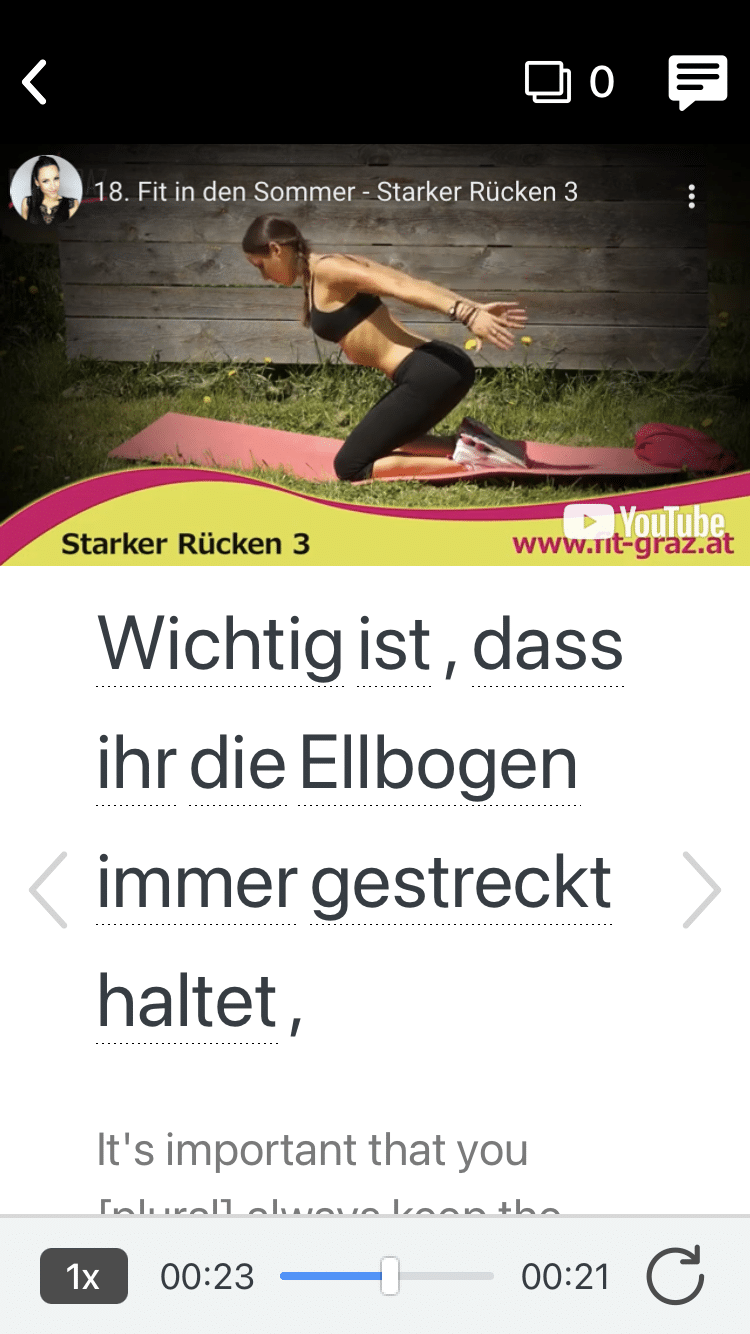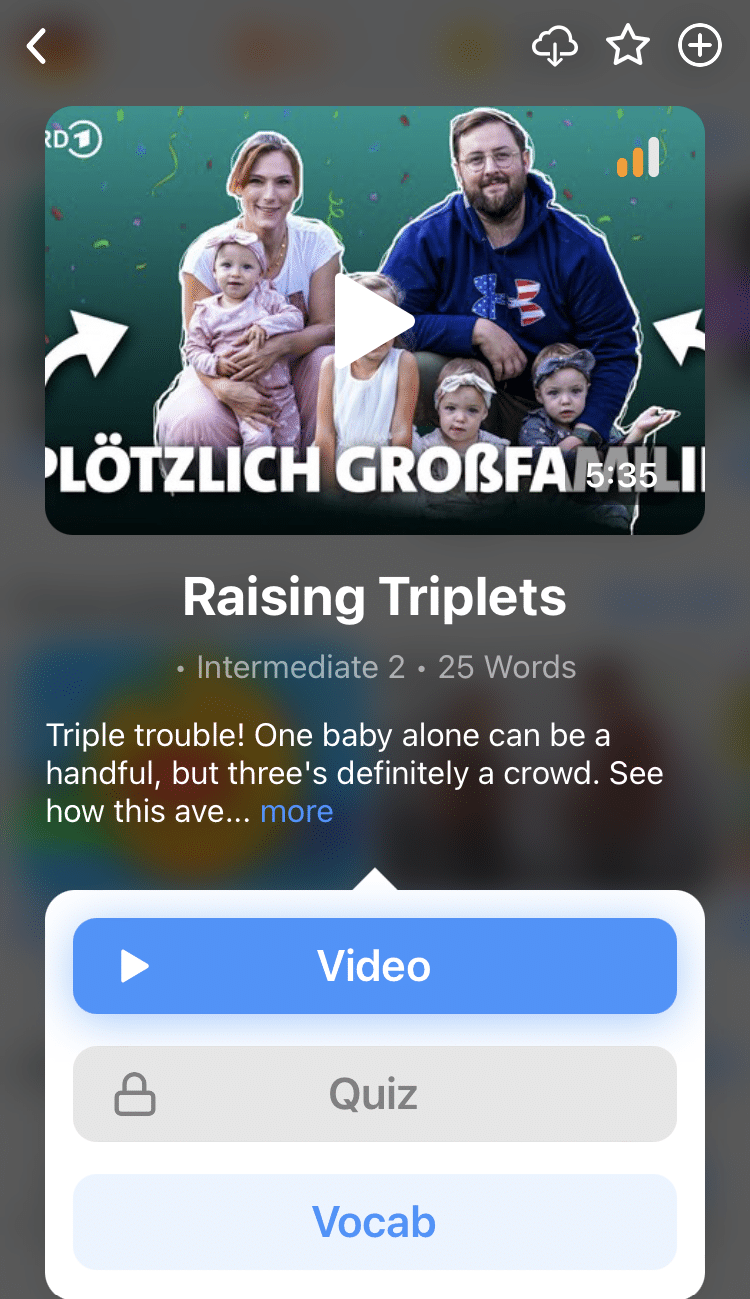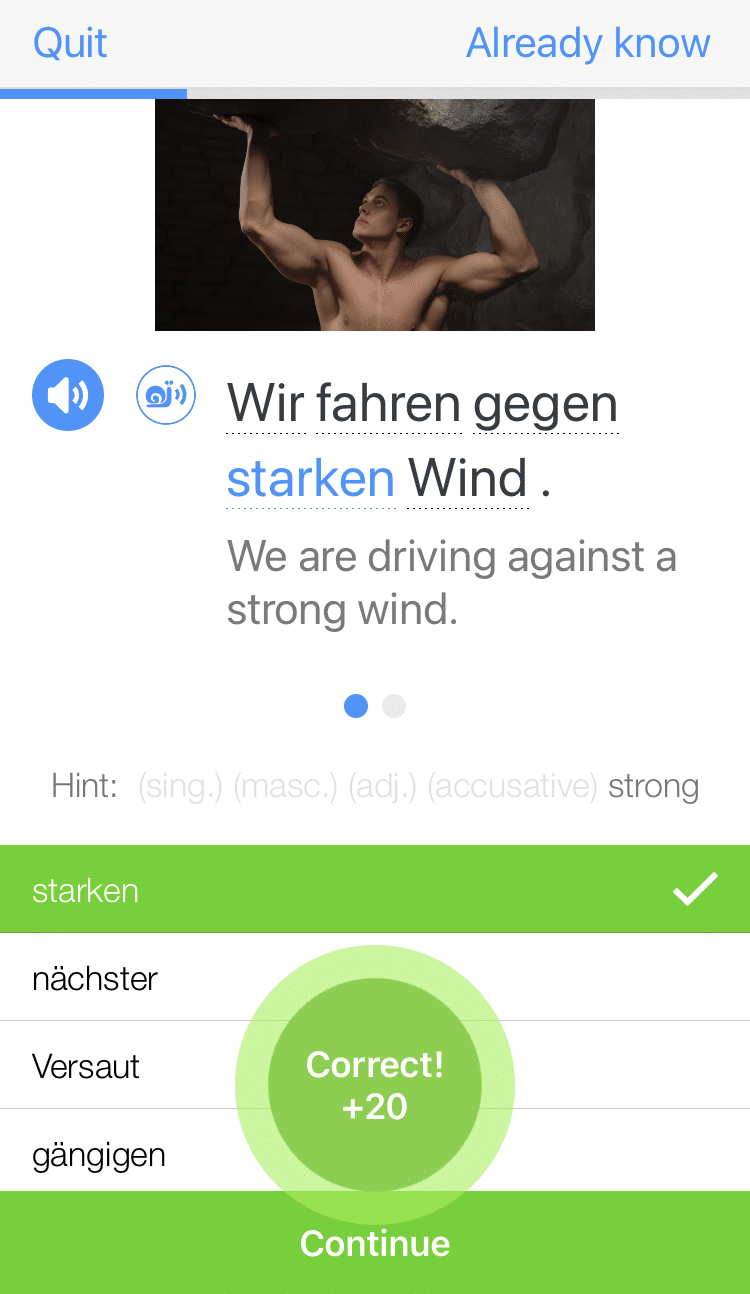
Nominative vs Accusative German Cases
In German, there are many different articles. If you’ve already started studying the language, you’ve probably already encountered some of the different ways to say “the”: dem, den, die, der and das.
But you probably aren’t sure when to use dem, den, die, der or das with certain nouns and prepositions. It all has to do with the German cases, one of the most notoriously tricky parts of learning Deutsch.
There are four cases overall, with the most often used being the nominative and the accusative.
In short, the nominative case is used to refer to who is doing the action, and the accusative case is used to refer to who is having the action done to them.
In this article, I’ll quickly break down the nominative vs accusative German cases, and give you an easy summary of how to use them.
Contents
- What Are Grammatical Cases, Anyways?
- What Is the Nominative Case?
- What Is the Accusative Case?
- English Pronoun Changes Are Similar to German Pronoun Changes
- How Exactly Do German Pronouns Differ in Nominative and Accusative Cases?
- German Definite Articles in Different Cases
- And One More Thing...
Download: This blog post is available as a convenient and portable PDF that you can take anywhere. Click here to get a copy. (Download)
What Are Grammatical Cases, Anyways?
Despite having only “the” as an indefinite article, English does have different cases! If you grew up speaking English, and have never studied grammar extensively, you may not be aware of what grammatical cases mean for a sentence or how to use them.
If you’re like I was before I started learning a second language, you may not even really know what a grammatical case is!
However, an explanation of English pronouns can provide an easy demonstration of case changes, which will make the German cases a whole lot easier to understand.
Take a look at the following two sentences about a man and a dog:
He pets the dog.
The dog bites him.
What changes in these sentences? Well, “he” and “him” both refer to the same thing: the man who is interacting with the dog. But in the first sentence, the man (“he”) is nominative, whereas in the second sentence, the man (now “him”) is accusative.
The change in cases from nominative to accusative means that the pronoun referring to the man changes. Let’s look at this in a bit more detail now, so that you can figure out the difference between the German nominative and accusative cases.
To keep things simple, we’ll show you how the nominative and accusative cases work using the English example above, because the grammatical concept is the same in German and English. Once you understand each case, we’ll show you how they impact articles and other words in German.
What Is the Nominative Case?
In the first sentence above, the man is the subject of the sentence as he is the one doing the action (petting) to the dog.
The subject of the sentence, the person or thing that is doing the action indicated by the verb, always goes in the nominative case. This means that the man, “he,” is in the nominative case.
If we look at the second sentence—who is performing the action of the verb “to bite”? The dog, of course! So in this case, the dog is the subject of the sentence, putting it in the nominative case.
More examples are:
The woman runs quickly.
The house is enormous.
Some examples in German are:
Der Hund bellt laut. (The dog barks loudly.)
Die Sonne scheint hell. (The sun shines brightly.)
What Is the Accusative Case?
Let’s go back to the first sentence: “The man pets the dog”.
The dog is having the action of the verb done to it which makes it the “direct object”.
The direct object always goes in our next case, the accusative case.
So to look at our second sentence, it’s the man who is having the action done to him, putting him in the accusative case.
Therefore “he” becomes “him” in English, changing from nominative to accusative. “The” does not change because, as discussed above, it is the only definite article in English.
Some examples in German are:
Ich sehe den Vogel. (I see the bird.)
Sie isst die Schokolade. (She is eating the chocolate.)
One way to internalize these grammatical cases is by using them in context and looking out for examples in German media.
FluentU takes authentic videos—like music videos, movie trailers, news and inspiring talks—and turns them into personalized language learning lessons.
You can try FluentU for free for 2 weeks. Check out the website or download the iOS app or Android app.
P.S. Click here to take advantage of our current sale! (Expires at the end of this month.)
English Pronoun Changes Are Similar to German Pronoun Changes
The same case change happens when “she” becomes “her,” and “I” becomes “me.” These changes may seem totally easy and intuitive to you if you have been speaking English all your life. Imagine how weird it would sound if you said, “Her drives the car” instead of “She drives the car,” or “The professor talked to I” instead of “The professor talked to me.”
When you use the wrong case in German, it sounds equally confusing and wrong. But now that you understand the German pronoun changes from nominative to accusative are similar to those in English, keeping track of German pronouns shouldn’t be too hard!
How Exactly Do German Pronouns Differ in Nominative and Accusative Cases?
Let’s look at the same example in German, for a specific demonstration of how German articles and pronouns are different depending on what case they are in:
Er streichelt den Hund. (He pets the dog.)
Der Hund beißt ihn. (The dog bites him.)
First off, let’s look at the difference between er (he) and ihn (him). As I just pointed out, you don’t have to worry too much about this part because we just learned the difference between “he” and “him,” and it is the same for the German pronouns!
Male, Female and Plural German Personal Pronouns
Er is nominative in the first sentence, and the man goes in the accusative in the second sentence, switching to ihn. But what happens if we change these sentences to be about a woman?
Sie streichelt den Hund. (She pets the dog.)
Der Hund beißt sie. (The dog bites her.)
The female pronoun does not actually change in the accusative case—it is exactly the same as the nominative. You can use sie (she, her, they) for both sentences here. Although this is not quite like English, it shouldn’t be too hard to remember.
The German plural pronoun sie (“they” in English) is the same as the female pronoun: they are both sie. So, just as the female sie is the same in the accusative and nominative case, the plural sie is also the same in both cases. The same is true of the formal version for “you,” Sie, which is always capitalized.
Neutral German Pronouns
What if we wanted to talk about a neuter noun, like das Kind (the child)?
Das Kind streichelt den Hund. (The child pets the dog.)
Der Hund beißt es. (The dog bites it [the child].)
The neutral pronoun, es (it), also remains the same in nominative and accusative. This is the same as sie (she, her, they). These two should be fairly easy to keep track of.
More German Pronouns
Below is the same example for “I” and “me:”
Ich streichle den Hund. (I pet the dog.)
Der Hund beißt mich. (The dog bites me.)
Ich (I) becomes mich (me). Similarly, du (you) becomes dich (you):
Du streichelst den Hund. (You pet the dog.)
Der Hund beißt dich. (The dog bites you.)
Just as the English “we” becomes “us,” wir becomes uns:
Wir streicheln den Hund. (We pet the dog.)
Der Hund beißt uns. (The dog bites us.)
German has a second version of “you” called the informal plural, ihr, which you use when talking to two or more people in an informal context, kind of like “y’all” or “you guys”. In the accusative, ihr changes to euch:
Ihr streichelt den Hund. (Y’all pet the dog.)
Der Hund beißt euch. (The dog bites you guys.)
Thankfully, there’s just one version of “you” for formal contexts: Sie, always written with a capital. Just as with the female pronoun sie (she), it doesn’t change in the accusative case:
Sie streicheln den Hund. (You [formal] pet the dog.)
Der Hund beißt Sie. (The dog bites you [formal].)
German Definite Articles in Different Cases
Now that we have gone over the pronouns and how they are similar to changes in English, let’s take another look at our example sentences. Something has changed with the definite articles—a change we don’t see in English.
Er streichelt den Hund. (He pets the dog.)
Der Hund beißt ihn. (The dog bites him.)
Der Hund is straightforward enough. Obviously that means “the dog.” But what does den Hund mean? Why isn’t der used here? Dog is a masculine noun in German, and masculine nouns use der as their definite article, or ein as their indefinite article:
Er streichelt einen Hund. (He pets a dog.)
Ein Hund beißt ihn. (A dog bites him.)
The same thing happens when we put the indefinite article in these sentences: we recognize ein Hund (a dog), but what about einen Hund?
The explanation for this article change is that the case of Hund changes. From being acted on in the first sentence, putting it in the accusative, to doing the action in the second, putting it in the nominative:
ein Hund, der Hund = nominative
einen Hund, den Hund = accusative
When the dog changed from being the thing being acted upon in the sentence to the subject, it changed from accusative to nominative. In German, in the case of der Hund, its article changes as well.
Articles in the German Nominative Case
The nominative articles for German nouns are the ones you may have already learned if you are a German beginner:
der, ein = masculine
die, eine = feminine
das, ein = neutral
die = plural
Definite Articles in the German Accusative Case
Unfortunately, I have to let you know that your knowledge isn’t quite complete: when nouns are in the accusative case, they have different articles… At least, some of them do.
den, einen = masculine
die, eine = feminine
das, ein = neutral
die = plural
It turns out that, in fact, only masculine nouns actually change pronouns in the accusative case. So you only need to worry about new articles when masculine nouns are involved.
This lets you off the hook some of the time, but when it comes to nouns that use der in the nominative case, you’ll have to remember that this changes to den when the noun in question is the direct object of a sentence.
This has been a quick introduction to what the nominative vs accusative German cases look like, what they mean, and how to use them. Simple foundational rules like these will be useful to know once you really start getting into learning German grammar.
Download: This blog post is available as a convenient and portable PDF that you can take anywhere. Click here to get a copy. (Download)
And One More Thing...
Want to know the key to learning German effectively?
It's using the right content and tools, like FluentU has to offer! Browse hundreds of videos, take endless quizzes and master the German language faster than you've ever imagine!
Watching a fun video, but having trouble understanding it? FluentU brings native videos within reach with interactive subtitles.
You can tap on any word to look it up instantly. Every definition has examples that have been written to help you understand how the word is used. If you see an interesting word you don't know, you can add it to a vocabulary list.
And FluentU isn't just for watching videos. It's a complete platform for learning. It's designed to effectively teach you all the vocabulary from any video. Swipe left or right to see more examples of the word you're on.
The best part is that FluentU keeps track of the vocabulary that you're learning, and gives you extra practice with difficult words. It'll even remind you when it’s time to review what you’ve learned.
Start using the FluentU website on your computer or tablet or, better yet, download the FluentU app from the iTunes or Google Play store. Click here to take advantage of our current sale! (Expires at the end of this month.)







